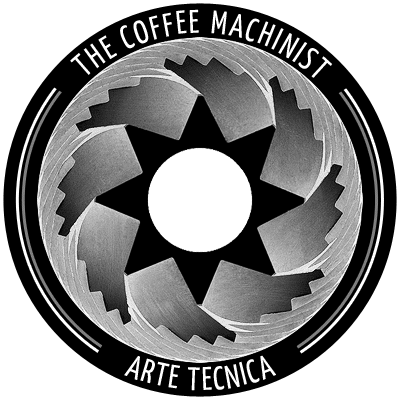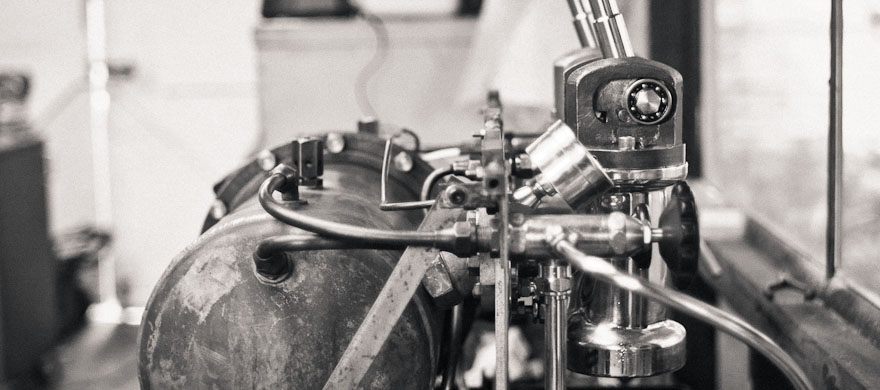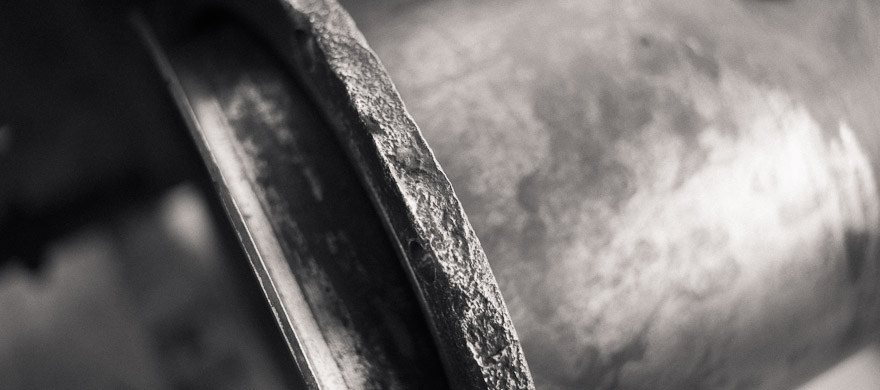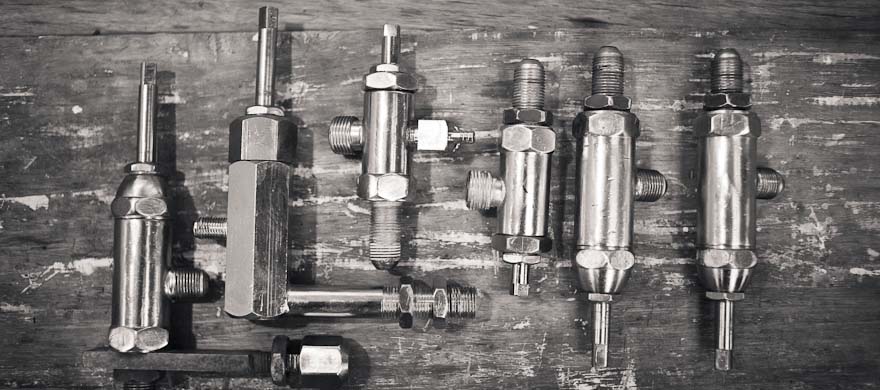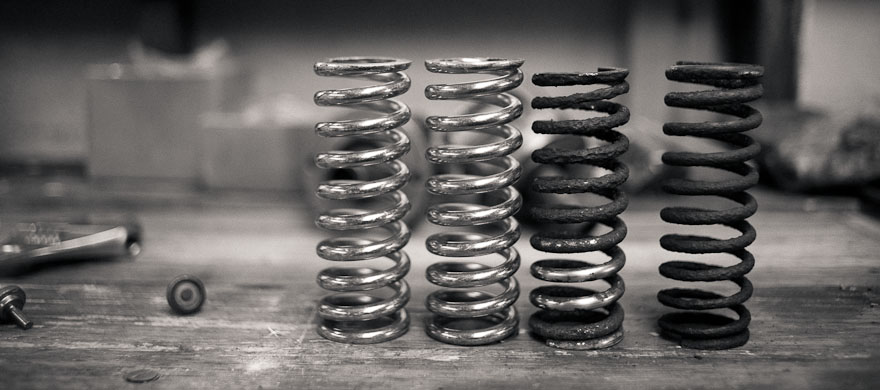Nic’s Bo-Ema
Posted on September 21st, 2012
Nic’s Bo-Ema
Vintage two-group lever machine
This beautiful lever dates from 1964, and represents both Australia’s manufacturing and cultural history as it was in Sydney in the 60’s. Espresso bars were gaining popularity, and at that stage the only commercial machines available had to be individually imported from Italy, or brought over as cargo by emigrating families. The story goes that two enterprising continental chaps named Bordignon and Emer got together in their Revesby factory, which at that time churned out terrazzo polishing machines, and decided to have a go at producing a machine locally. The result found it’s way into a few choice locations, and Bo-Ema still produce espresso machines in Sydney, though the company has changed hands a few times, and modern bo-ema’s are not exactly a thing of beauty.
The current owner wanted to give it a thorough restoration to working condition while preserving the patina of a lifetime of hard work.
With most restorations, the machine is completely stripped down to it’s component parts, everything is meticulously cleaned, polished and reassembled with new parts where necessary, then tested and tested some more. In some cases there are hundreds of hours of labour involved, particularly if parts that are no longer available have to be made – in this case the seals for all the valves had to be custom wound from a mixture of oldschool hemp fibre and modern PTFE.
Other major jobs included:
- Custom made powdercoated chassis brace including new feet to replace the missing originals
- Drilling out rusted steel studs from boiler flange and replacing with stainless/brass hardware
- Replacing rusted group springs to achieve full 10 bar pressure
- Complete re-wire with modern pressurestat and thermal cutout for safety and reliability
- Hand polishing valve bodies, lever handles, fittings
The result was a machine that is working better than when it left the factory 50 years ago – there’s nothing quite like a commercial lever machine and Nic is lucky enough to have one that is a significant part of Australian espresso history.
